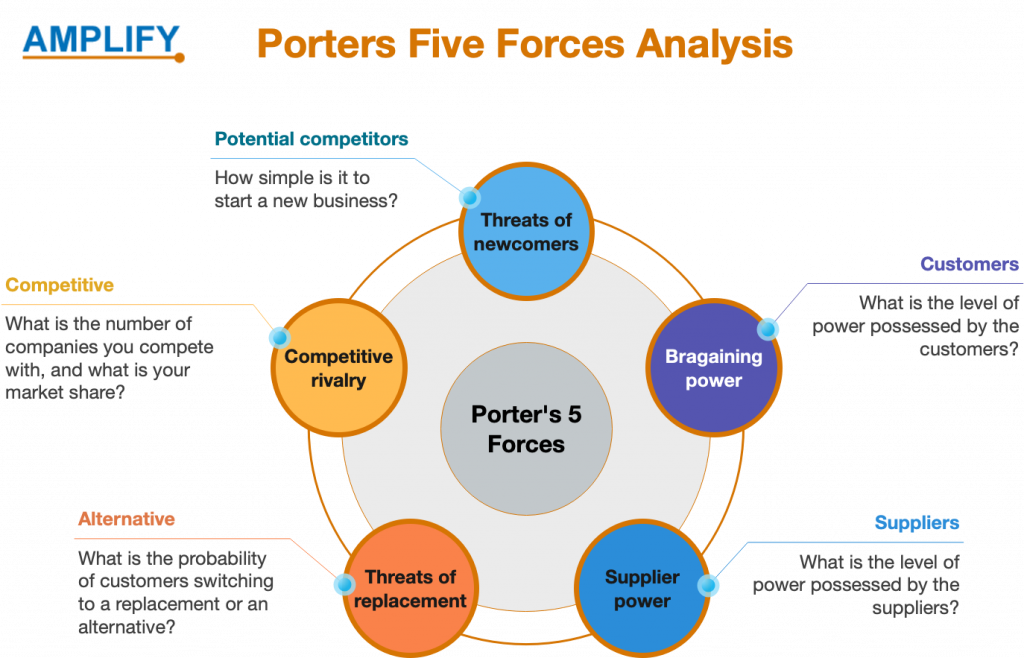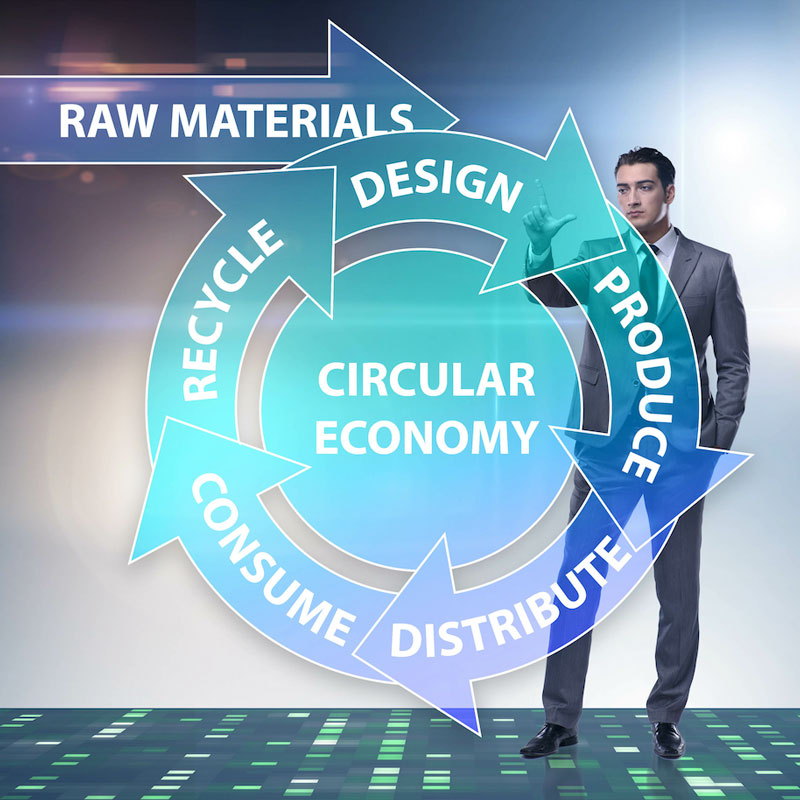The razor and blade business model is a strategy where a company sells a primary product,
known as the “razor,” at a low or even subsidized price.
King C. Gillette, founder of Gillette, popularized the razor and blade business model
by selling a durable razor at cost and premium disposable blades.
The razor and blade business model is a strategy where a company sells a primary product, also known as the “razor,” at a low or even subsidized price in order to drive sales of additional products, which are known as “blades.” This first product acts as a platform for customers to use or a point of entry for them. After the consumer has purchased the razor, they will need to buy additional products, which are referred to as the “blades,” in order to use it properly. Consumable goods like these blades help the company maintain a steady stream of income because customers continue to buy them.
Creating a long-term relationship with customers
The model operates on the principle of creating a long-term relationship with customers by selling the initial product at a lower cost, sometimes even at a loss, to establish a customer base. Once customers are locked into the platform, they become dependent on purchasing the compatible blades or accessories, which are priced at a higher margin to ensure profitability.This model leverages the concept of “lock-in” or customer loyalty, as customers are unlikely to switch to another brand due to the compatibility requirement.
Drive demand by ongoing innovation
In addition, the business model for razors and blades frequently includes continuous research and development, as well as enhancements to existing products, in order to boost demand for the primary product and guarantee continued sales of the blades. The goal of businesses that use this business model is to generate consistent revenue and recoup their initial investment through the sale of blades or other products that complement their core offering. In addition, the razor and blade business model offers scalability because the company can grow its customer base and increase revenue by selling more blades over time. Scalability can be achieved in this way because the razor and blade business model is comprised of two components. Additionally, because customers depend on the products offered by the company to fulfill an ongoing requirement, this business model encourages customer engagement and retention.
Summary
The razor and blade business model involves selling a primary product at a low cost, creating customer loyalty, and generating recurring revenue through the sale of complementary consumable products. It offers scalability, fosters customer engagement, and ensures long-term profitability.
Here are a few examples of companies that employ the peer-to-peer business model (beside the obvious Gillet Shaving Products):
- Keurig:
Keurig offers single-serve coffee machines, the primary product, at affordable prices. The company generates ongoing revenue by selling coffee pods, the blades in this context, which are necessary to brew coffee using the machines. - Nintendo:
Nintendo uses the razor and blade model in the gaming industry. The company sells gaming consoles, the razors, at competitive prices, but generates significant revenue through the sale of game cartridges or digital game downloads, the blades, which are necessary to play games on their consoles. - HP (Hewlett-Packard):
HP employs the razor and blade model with their printers. They offer printers at affordable prices or even as loss leaders, but make profits by selling ink cartridges, the blades, which need to be replaced regularly for continued printing functionality. - Fitbit:
Fitbit sells fitness trackers, the primary product, at various price points. The company relies on the sale of interchangeable bands, charging cables, and other accessories, the blades, to generate ongoing revenue and maintain customer engagement.
.These examples illustrate how different industries leverage the razor and blade business model to establish customer loyalty and generate recurring revenue through the sale of complementary consumable products.


















